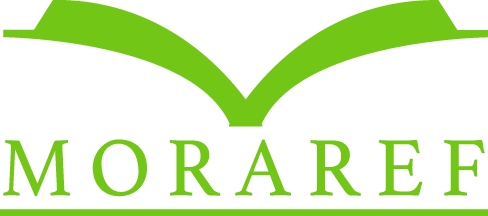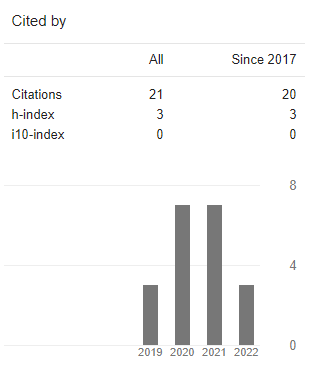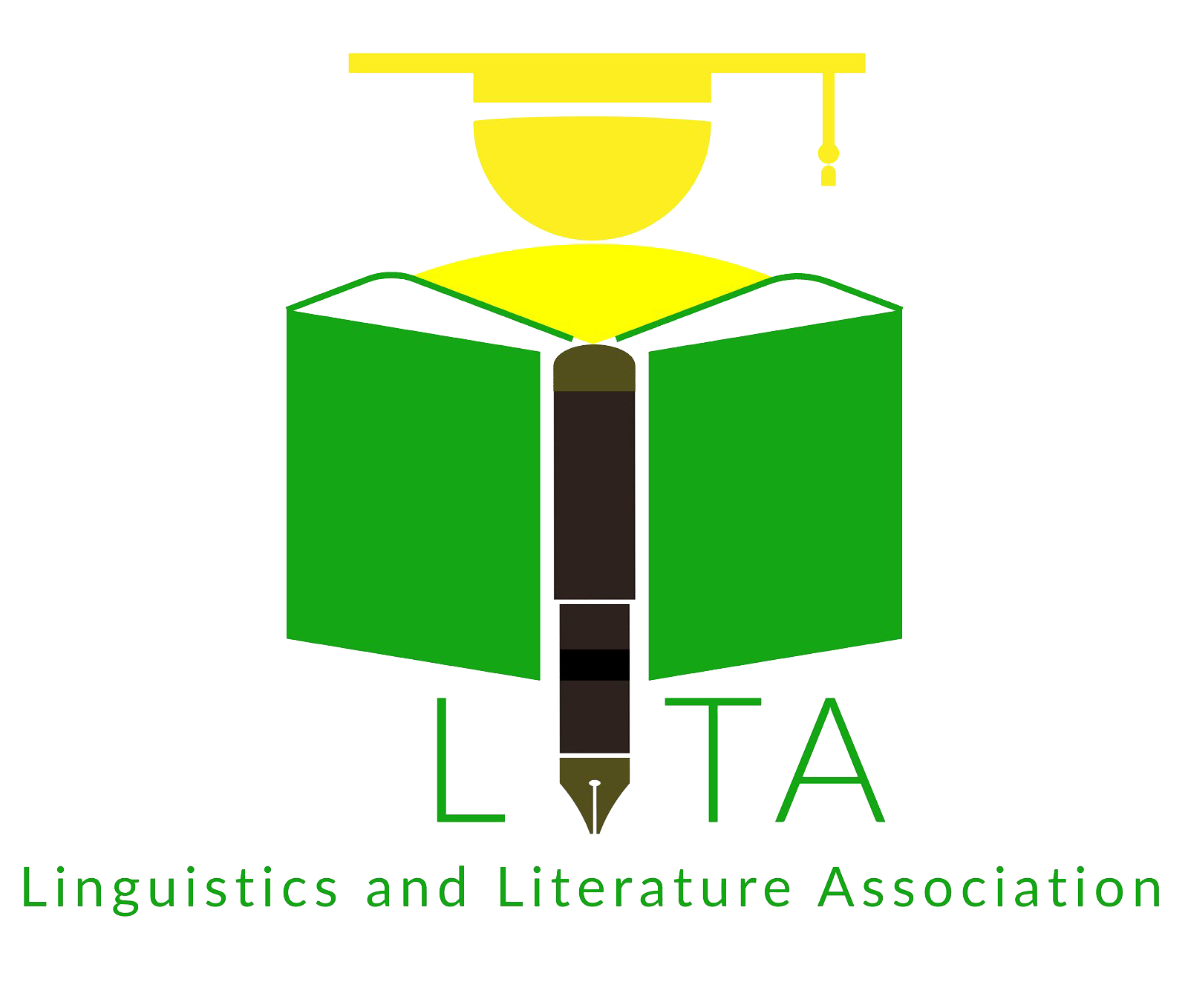Language Attitudes of Dayak Ngaju Students toward the Use of Ngaju Language
DOI:
https://doi.org/10.21776/ub.alphabet.2022.05.02.02Keywords:
language attitude, local language, Dayak’s Ngaju language, students’ attitudeAbstract
This study aims to reveal the Dayak Ngaju students’ attitudes towards their mother tongue, the Ngaju language, and the factors affecting the attitudes. Following Fasold (1984) and Jendra (2012), a qualitative analysis of interviews with selected subjects was conducted after the questionnaires were distributed to the respondents. The questionnaire respondents were 30 college students of Dayak Ngaju ethnicity, 9 of which were interviewed to corroborate their answers to the questionnaire. The results revealthe students’ positive attitudes towards the Ngaju language. The students’ positive attitudes were influenced by two factors: (a) the language's power and prestige, and (b) the language’s internal system. The respondents considered the Ngaju language as an important part of their community because the language reflects the Dayak Ngaju people’s cultural identity despite the challenges the speakers of the language might have when communicating in their mother tongue. Thus, language preservation is needed.References
Alloy, S., Albertus, Istiyani, C., & Bamba, J. (2008). Keberagaman Subsuku dan Bahasa Dayak di Kalimantan Barat. Pontianak: Institut Dayakologi.
Berg, B. L., & Lune, H. (2012). Qualitative Research Methods for the Social Sciences (8th ed.). Long Beach, CA: Pearson.
Brace, I. (2008). Questionnaire Design: How to Plan, Structure and Write Survey Material for Effective Market research. London: Kogan Page Publishers.
Cargile, A. C., Giles, H., Ryan, E. B., & Bradac, J.J. (1994). Language attitudes as a social process: A conceptual model and new directions, Language & Communication, (14), 3, 211-236, DOI: https://doi.org/10.1016/0271-5309(94)90001-9.
Fasold, W. R. (1984). The sociolinguistics of society: Introduction to sociolinguistics. Hoboken, NJ: Wiley-Blackwell
Gordon, R. (2005). Ethnologue: Languages of the World (15th ed.). Dallas: Sil International.
Governor’s Regulation of Central Kalimantan Province Number 22. (2011). Procedure for implementation of Local Subject Curriculum.
Hall, L. E. (2005). Cultural loss. In Dictionary of multicultural psychology: Issues, terms, and concepts (Vol. 1, pp. 44–44). London: Sage Publications. https://doi.org/10.4135/9781452204437.n57
Holmes, J., & Wilson, N. (2017). An Introduction to Sociolinguistics (5th ed.). London: Routledge.
Jendra, M. I. I. (2012). Sociolinguistics: The study of Societies’ Languages. Yogyakarta: Graha Ilmu.
Kondracki, N. L., & Wellman, N. S. (2002). Content analysis: Review of methods and their applications in nutrition education. Journal of Nutrition Education and Behavior, 34, 224–230.
Kuhnt-Saptodewo, J. S. (1999). A bridge to the upper world: Sacred language of the Ngaju. Borneo Research Bulletin, 13–28.
Lavrakas, P. J. (2008). Encyclopedia of Survey Research Methods. London: Sage Publications, Inc. DOI: https://dx.doi.org/10.4135/9781412963947
Pawestri, E. H. S. (2019). Language attitude of Javanese students towards “Yowis Ben†movie. Retrieved, 22 April 2022, from http://repository.ub.ac.id
Rizqi, M. A. (2017). Dayak students’ attitude toward bilingualism in West Kalimantan Indonesia. Indonesian Journal of EFL and Linguistics, 2(1), 29– 40.
Setiawan, S. (2013). Children’s Language in a bilingual community in East Java. UWA: Unpublished Dissertation, Retrieved in 23 April 2022 from https://research-repository.uwa.edu.au/en/publications/childrens-language-in-a-bilingual-community-in-east-java
Shuy, R. W., & Fasold, R. W. (1973). Language Attitudes: Current Trends and Prospects. New York: Georgetown University Press.
Statistics Indonesia. (2010). Indonesia-2010 Population Census. Retrieved in 22 April 2022, from https://catalog.ihsn.org/index.php/catalog/4324
Ting, S. H., & Puah, Y. Y. (2010). Young Hokkien speakers’ pride in their ethnic language and Mandarin. Paper presented at International Conference on Minority and Majority: Language, Culture and Identity, Kuching, 23-24 November 2010
Weber, R. P. (1990). Basic Content Analysis. London: Sage Publications, Inc.




















